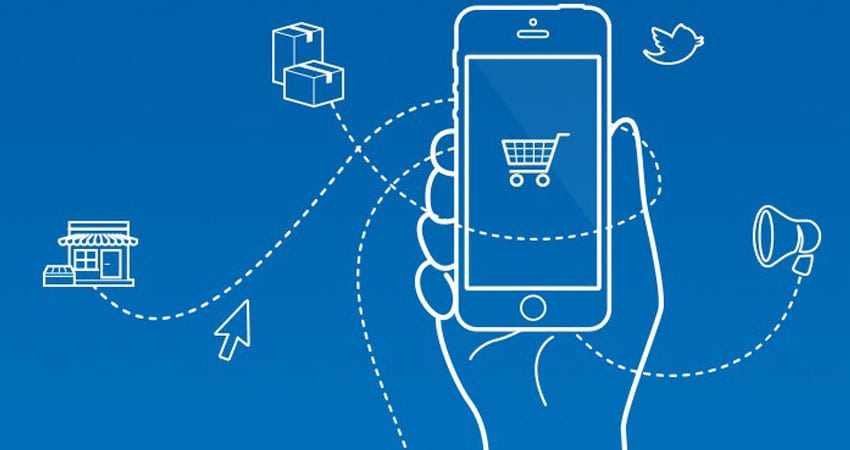The lines between a digital and physical shopping experience have become blurred as brands adapt to changing consumer behavior. While bankruptcies, restructurings and the closing of underperforming brick-and-mortar stores are rampant across the industry, it can be seen as an opportunity to adjust to evolving customer needs and allow them to shop however they want to.
The most obvious lesson is that a strategy designed around the omnichannel customer experience is no longer optional. The secret sauce is figuring out how your customers want to shop. We’re seeing brands that were exclusively ecommerce now starting to explore physical locations such as showrooms and guide shops. We’re also seeing brick-and-mortar retailers utilize physical locations as mini distribution centers, offering in-store pickup and return of online purchases.
Here are three key areas to consider as you begin to rethink the omnichannel customer experience to survive and thrive in today’s brave new world of retail:
Optimizing the Shipping Experience
While many brands don’t consider Amazon a direct competitor, there is no escaping their impact. Among the reasons customers gravitate to Amazon are the breadth of its product assortment and free shipping. Even though Prime membership comes at a premium price, it has had profound effects on purchase behaviors, including the widespread expectation of free shipping.
While offering free shipping can certainly bump up purchases and topline, it can also be expensive and quickly erode margins. To remain competitive, you might consider offering promotional free shipping options at an order value threshold, or a free ship-to-store or pickup in-store option.
The key to success is determining what’s right for your brand, what’s consistent with your value proposition and what’s appropriate for your competitive realities. The idea of free shipping sounds wonderful, but it’s not the only way to build customer loyalty and increase lifetime value. If you plan to offer free shipping, make it part of your overall product pricing (pre-discounts/sales).
Optimizing the In-Store Experience
There are significant advantages to maintaining a physical retail presence, all of which can be leveraged by brands that understand their customers. However in today’s climate it’s imperative to make your physical locations a complement to your ecommerce presence.
A store affords brands the opportunity to engage with customers in ways that ecommerce alone cannot support. Instead of bigger and larger footprints, consider downsizing and optimizing the store to create a showroom, thus offering a more immersive brand experience. You might also consider a store-within-a-store model, which has grown in popularity.
Both approaches provide the ability to do more with less. RFID-powered showrooms only need to stock enough items for customers to touch, feel, and try on. RFID embedded product tags allow customers to approach a kiosk, select their size, color, etc., and have it delivered to their home. Alternatively, a store-within-a-store reduces overhead expenses like rent and electricity.
Optimizing Customer Engagement
One of the most critical components of rock-solid marketing is connecting the customer experience across every channel they engage with and sell through. Everything from messaging to creative must be aligned to provide a seamless experience at every touchpoint.
As more brands restructure and put more chips behind their online channels, creating an immersive omnichannel customer experience must remain top of mind. The same goes for “click to brick” players that open physical stores. This level of consistency will ultimately generate greater brand loyalty and trust. When these expectations are met and exceeded, the result is greater customer lifetime value whether they come through your door, click on a social media post or press the “add to cart” button.
Despite the drumbeat of store closings and restructurings, these are exciting times in retail. There is ample opportunity for brands to reimagine their engagement with customers while also rethinking the logistics that fuel their operations. No matter what you’re selling, where you’re selling it, or who you’re selling it to, a solid approach to logistics and fulfillment that puts the omnichannel customer experience front and center is a must if you want to compete and succeed in commerce.
Maria Haggerty is CEO of Dotcom Distribution

